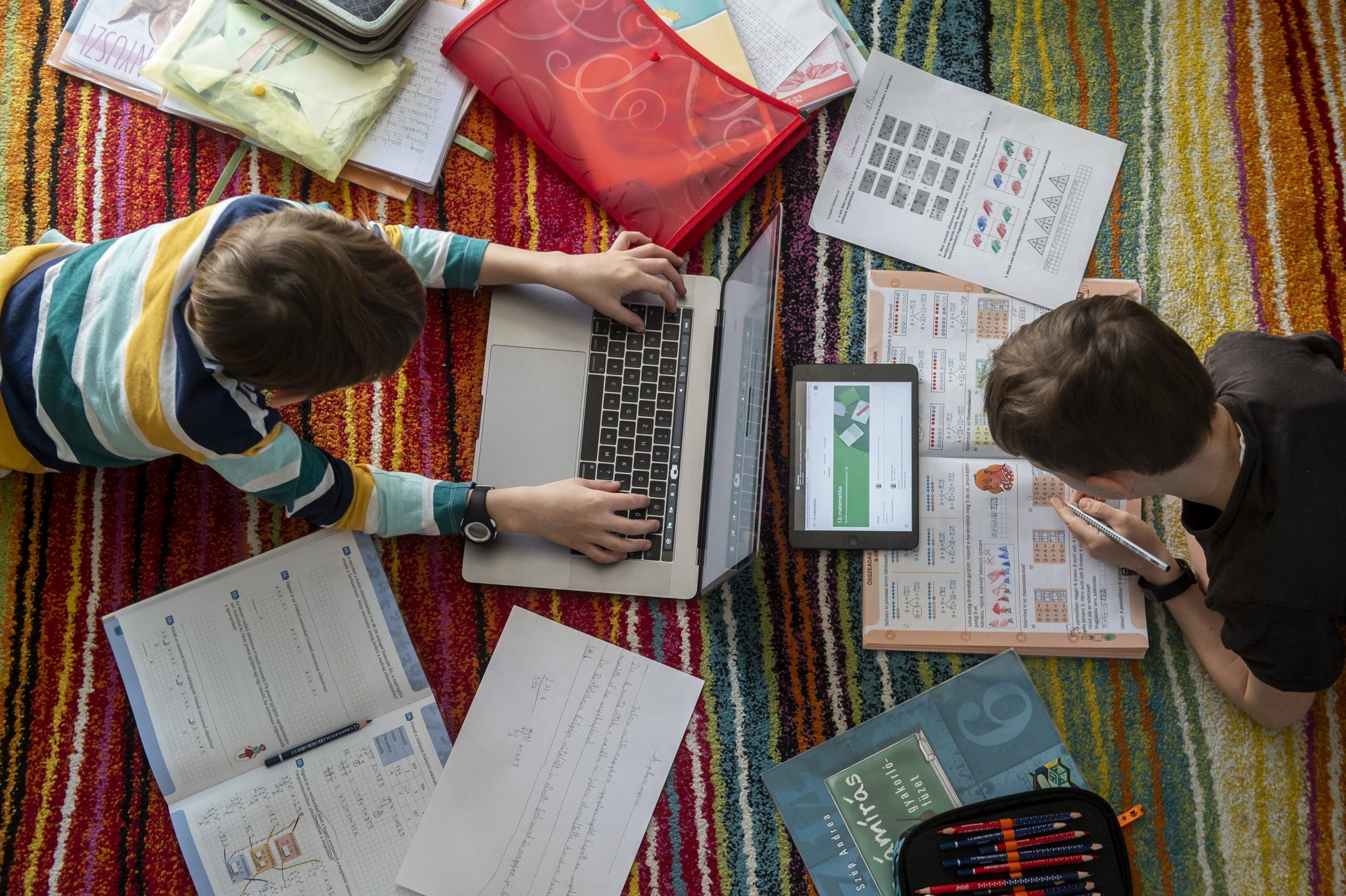
"Thanks to the vaccination of students and teachers, there are no mass illnesses", the Ministry of Human Resources announced in reaction to the growing number of Covid-19 cases in schools.Continue reading

School closures introduced as a result of the coronavirus will affect employment prospects for decades and significantly reduce expected wages, according to a recent study by Júlia Varga, a research advisor at the Hungarian Academy of Sciences (MTA).
The learning losses due to the school closures of the first year and a half of the coronavirus are so high that the expected salaries of the affected students could be reduced by 16-26 percent, according to the study published in Munkaerőpiaci Tükör. Varga points out that if there are no serious catch-up programs, students who have experienced school closures will receive significantly lower salaries than their peers who have been in full-time education.
As Telex reports, the school closures introduced in the first two years of the coronavirus epidemic were the longest since the Second World War, and as the study suggests, they will have a significant impact on the progress of the pupils affected.
According to Varga’s calculations, Hungarian schools were closed for an average of around 52% of all normal school hours in the second half of the 2019/2020 school year and in the 2020/2021 school year. The study looked at this year and a half.
Varga compared the data from the 2018 PISA survey to how much progress students would have made in the first year and a half of the epidemic if they had remained in attendance, and how much progress they have made (or have not made) due to the introduction of distance education.
The last PISA survey before the pandemic in 2018, measured the effectiveness of on-site learning, and it showed that Hungarian schoolchildren improved their skills by 38-39 PISA points in one school year. But the last two years of Western European research suggests that even a week of quarantine lockdown results in a loss of 1-3 PISA points due to inadequate learning environments and forgetting material.
However, students’ learning losses must be differentiated according to their socio-economic and cultural backgrounds. Even before the epidemic, this was the main determinant of educational outcomes.
Varga modeled three scenarios to assess learning losses:
Based on the assumption that Hungarian students in normal education display a learning progress of 38-39 PISA points per year, this should have been an average of about 58 points in the first one and a half years of the coronavirus closures. However, the rates of learning loss due to missed lessons and forgetting material due to the closures were 63, 54, and 91 points in the three scenarios outlined above.
According to a study by the Center for Economic and Regional Studies (KRTK), even in the best-case scenario, students from good family backgrounds made only minimal (4-point) academic progress in the year and a half of closure, while those from poor backgrounds lagged behind. In the other two scenarios, however, the learning losses in this year and a half were so large that they exceeded even the rate of progress due to education.
According to the third estimate, regression exceeded learning progress by a factor of one and a half, meaning that Hungarian students in June 2021 had much worse skills than in January 2020, when the epidemic began.
Although it is an exaggeration to assume a direct proportionality, Telex reports, if an improvement of 38 PISA points results in an 11 percent increase in wages, a loss of 54-91 points could reduce the expected wages of students who have to endure distance learning (or drop out of education altogether) by 16-26 percent. These figures are rough estimates, and the three scenarios produce quite different results. What they do illustrate very well, however, is that school closures will affect the labor market opportunities of all the cohorts concerned.
According to Júlia Varga, these losses could still be compensated for by serious catch-up programs, but there is little evidence of these in the schools that have reverted to on-site attendance. In these circumstances, a year and a half of closures will have an impact on the development of the whole generation concerned.
Source: Telex
Featured image via Sándor Ujvári/MTI